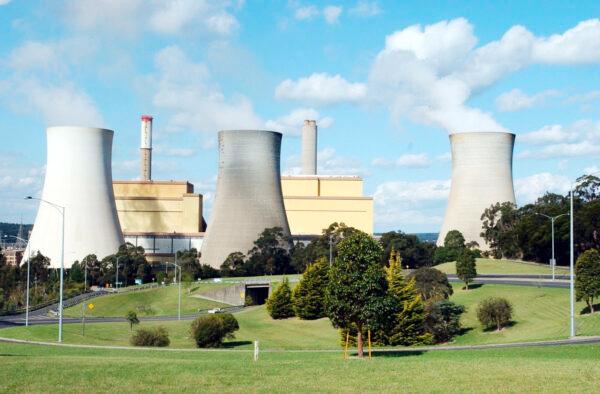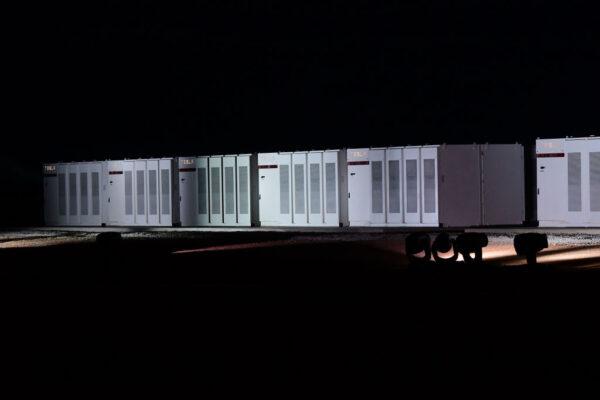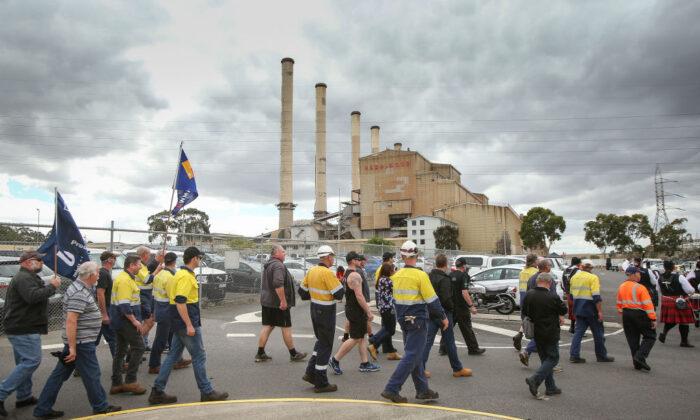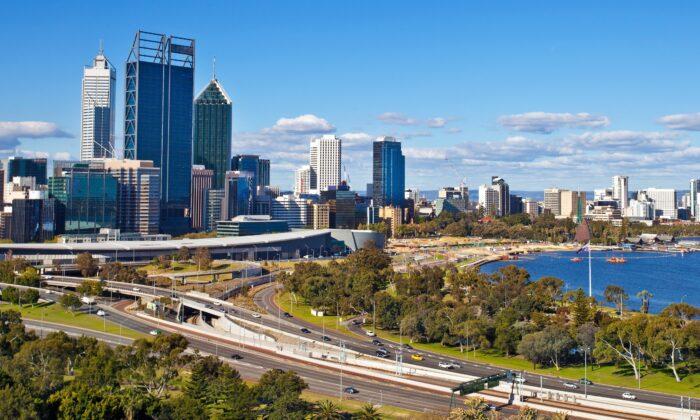Australia may face a lack of electricity supply this decade unless new generation is brought in to offset the exit of ageing coal plants, the Australian Energy Market Operator (AEMO) has said.
In 2028, Victoria will see its 53-year-old Yallourn coal plant retire, taking with it 1,480 megawatts (MW) of power that currently provides electricity to 22 percent of the state’s residents and businesses.
And by 2032, New South Wales’ 50-year-old Eraring power station—supplying 2,922 MW and meeting 25 percent of the state’s energy needs—will shut down.

The report pointed out that ongoing “electrification” would amplify energy demand as more home appliances, heating, vehicles, and major manufacturing processes switched to electric variants.
Furthermore, hydrogen—a pillar in the government’s technology investment roadmap—has been heralded as a pathway to reduce emissions in transport and hard-to-abate industries, such as steel.
“Green'' hydrogen, however, would see energy demand surge given the electricity-intensive production process of electrolysis required.
Despite this, the AEMO reassured that Australia’s energy supply for the next five years is safe, bolstered by new solar, wind, gas, battery, and hydro projects, with further energy generation, required only after 2026.

However, ageing coal-fired power stations designed to retire after 40 to 50 years of operation have continued to threaten current energy stability.
These outages include one at Yallourn which was forced to halt its output in June after severe flooding submerged parts of its neighbouring coal mine.
“Recent flooding ... through the mine created cracks in the mine wall, putting it at greater risk of flooding during future heavy rainfall events,” the report stated.
On top of this, the AEMO estimated in its report that 8.9 GW of commercial and residential solar panels are expected to be installed across the east coast by 2025—in addition to Australia’s existing 50 GW energy arsenal.





